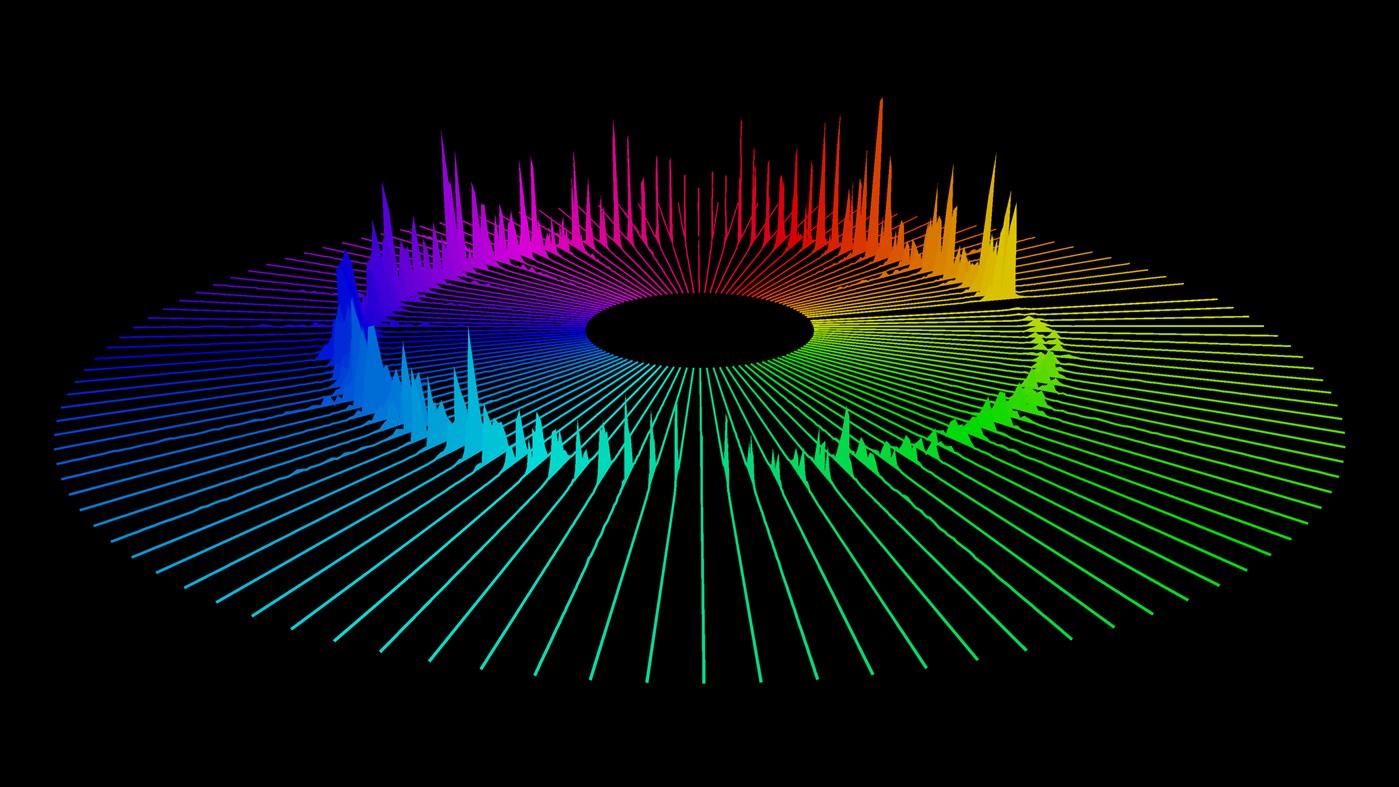


ĢD billiards (including soft potentials) with point-like particles can be simulated either using the exact solution, the exact Poincaré map, or by solving Hamilton’s or Newton’s equations of motion. While governed by quantum mechanics, these nanostructures have ballistic regions where a classical treatment applies to some extent. Many of these systems can also be realized as semiconductor nanostructures. That is, they are easy to study and visualize, but even a single-particle system can display a large variety of complex phenomena of Hamiltonian chaos. Two-dimensional (2D) Hamiltonian systems (i.e., with two coordinate dimensions), such as dynamical billiards, have the advantage of being simple, but not too simple. As pointed out by Bunimovich and Vela-Arevalo, “Chaos theory is very much alive”. This is evident from the recent progress, e.g., in the study of transmission, escape rates, and survival probabilities of open systems and recurrences in closed systems, ,, ,, ,, ,, , stickiness and marginally unstable periodic orbits, ,, , and detailed analysis of the graphene-like Lorentz gas and related systems, ,, ,, ,, , and this list barely scratches the surface. Hamiltonian systems still offer a wide range of yet unexplored territories and interests for the study of nonlinear dynamics and chaos. Running time: From milliseconds to days, depends on type of simulation. See README for locations of user guide, developer manual, and API docs.
#Kspectra for windows code#
Unusual features: Program is efficient, extremely modular and easy to extend, and allows arbitrary particle–particle interactions.Īdditional comments: The source code is also available at. Restrictions: Pointlike particles with equal masses and charges, although the latter restrictions are easy to lift. The program implements several well-established algorithms. Solution method: Symplectic numerical integration of Hamilton’s equations of motion in Cartesian coordinates, or solution of Newton’s equations of motion if in a magnetic field. Nature of problem: Numerical propagation of classical two-dimensional single and many-body systems, possibly in a magnetic field, and calculation of relevant quantities such as Poincaré sections, survival probabilities, diffusion co-efficients, etc. RAM: Simulation dependent: kilobytes to gigabytesĬlassification : 4.3, 7.8, 7.9, 7.10, 16.9.Įxternal routines: Boost, CMake, GSL, HDF5 and optionally Google-Mock, GoogleTest, and Doxygen Vectorization of operations with R 2 vectors. Has the code been vectorized or parallelized?: Shared memory parallelization when simulating ensembles of systems. Operating systems: Tested on Linux, and OS X versions 10.9–10.11. of bytes in distributed program, including test data, etc.: 1155037Ĭomputer: Tested on x86 and x86 64 architectures. of lines in distributed program, including test data, etc.: 37098 Licensing provisions: GNU General Public License, version 3 Program obtainable from: CPC Program Library, Queen’s University, Belfast, N.


 0 kommentar(er)
0 kommentar(er)
